Wild Trout V
Wild Trout-V was held September 26-27, 1994 at the Symposium Headquarters at Mammoth Hot Springs Hotel in Yellowstone National Park. Roger Barnhart and Ron Jones were cochairman with the theme, "Wild Trout in the 21st Century." All three major arms of the Department of the Interior, The National Biological Service, the Fish and Wildlife Service and the National Park Service joined the ranks of Symposium cosponsors.
Jay Hair, National Wildlife Federation President and CEO presented the message that our society desperately needs to return to a sense of place. Exhilarating wild trout fishing is an endangered experience.
Secretary of the Interior Bruce Babbitt reflected on his experiences with issues of trout and ecosystems. He spoke about water quality and grazing impacts and how new ESA, Section 404 of the Clean Water Act and nonpoint pollution standards will protect our fisheries. He believed that the Forest Plan Management Act would help establish buffer zones in logging operations and that mining, urban expansion, water consumption, and road construction need similar attention and planning. "We can learn from the tragedies and mistakes of the past and begin to move toward an equilibrium upon the landscape."
There has been conflict going on for many years over these issues and it flares up in every generation. Our response has not been adequate to the Sagebrush Rebellion, The Great Fight or the Wise Use Movement. There are far too many signs of the environmental movement and the classic sportsmen conservation groups drifting apart. We are loosing too many sportsmen's groups and they are not pulling their weight as they should. Wild trout advocates need to bridge the gap between resource conservation and the sportsman tradition of Teddy Roosevelt. Good science is wonderful but in the final analysis it's political clout. We need to find our constituencies make certain they understand that everyone's concerns are tied together to get quality ecosystems. That understanding has to be translated into political action. 1994 Recipients of the A. Starker Leopold Award were Ron Jones and Gardner Grant.
WT-V also looked at the negative aspects of the animal rights movement and introduced the use of DNA analysis to track the movement and interactions of 26 cutthroat trout populations. This work offered better approaches to defining genetic diversity and indicated that we can not draw valid conclusions from only looking at single isolated populations. Other papers included a view of New England Atlantic salmon restoration where populations in 28 rivers have declined from 1.1 million returning adults to less than 4,000. Ray White discussed why wild trout matter, we looked at wild trout management in British Columbia, and at a number of restoration projects.
Robert Martin summarized WT-V by pointing out that the greater public will determine the future of wild trout in the next century. It was about time we stopped pedantic discourses on "when is a wild trout a wild trout." There should be no dispute that in an environmentally balanced world wild trout would always be preferred over hatchery trout. Hatcheries represented only the need for temporary mitigation. The clarion theme of WT-V was that those involved in wild trout must convince the greater public of their value if they are to survive. Fishery management agencies must represent and protect the interest of the unorganized groups. Managers and advocates must stop arguing among themselves and share their passion for wild trout with the public. The other improvement that was instituted was to increase the symposium frequency from 5-years to 3-years to be better able to keep up with the more rapidly changing resource.
Wild Trout V Photo Album
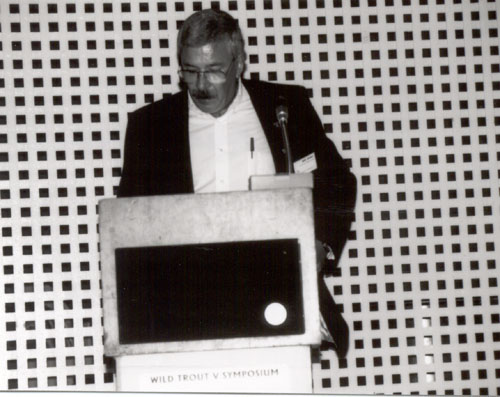
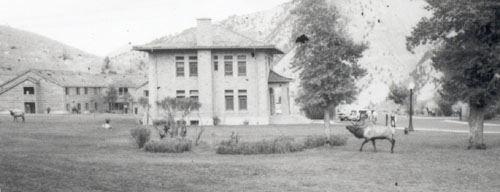
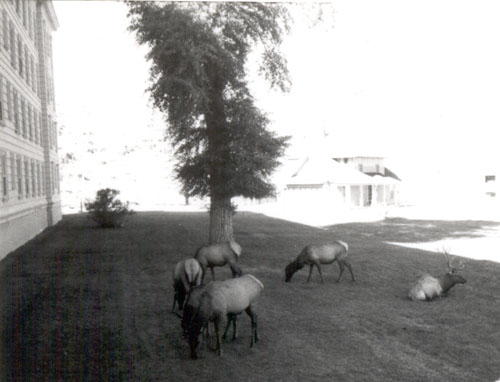
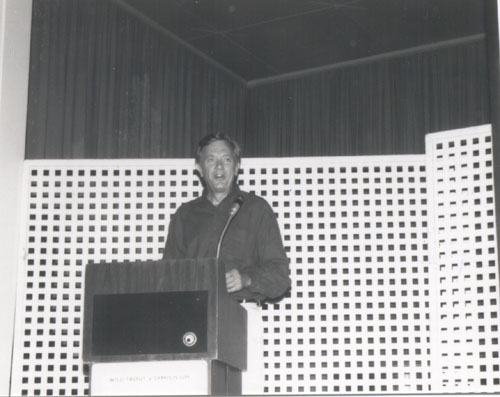
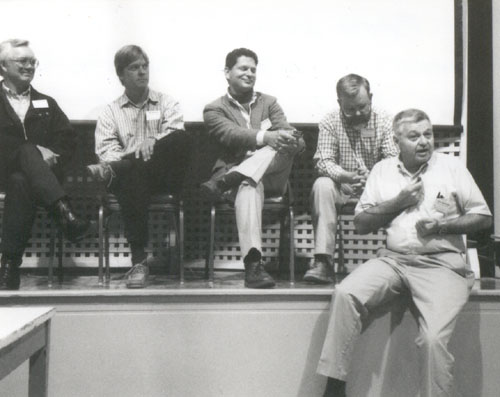
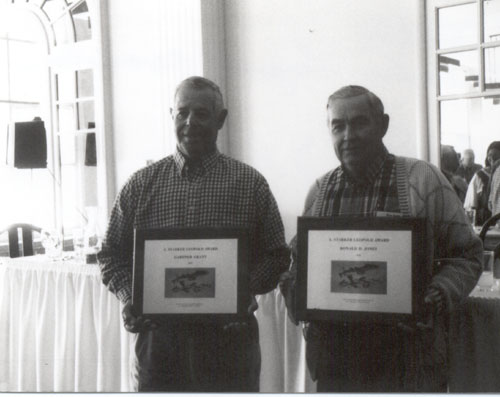

 Wild Trout V Proceedings
Wild Trout V Proceedings